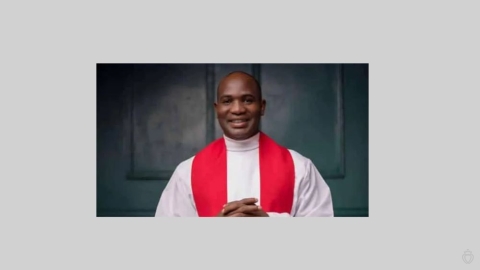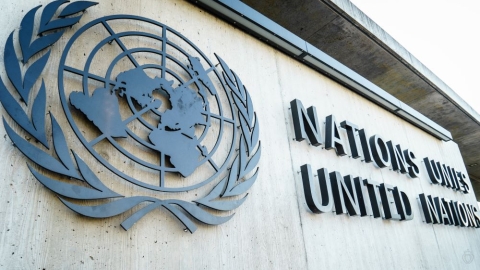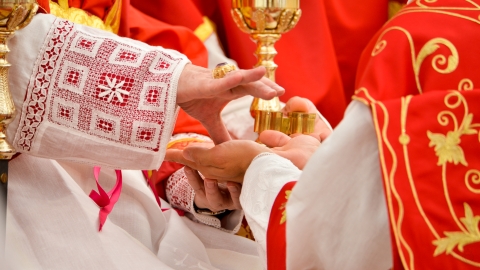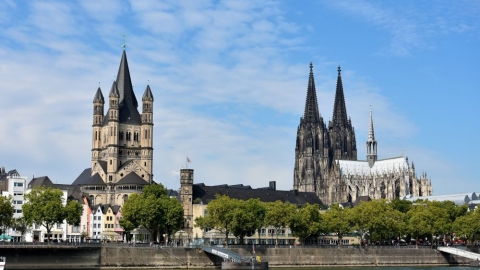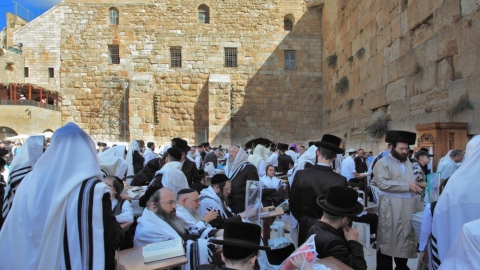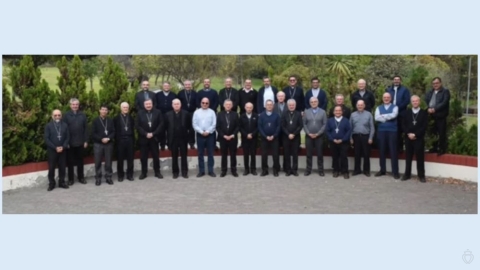Mexico: Diocese of Guadalajara Favors Gender Ideology
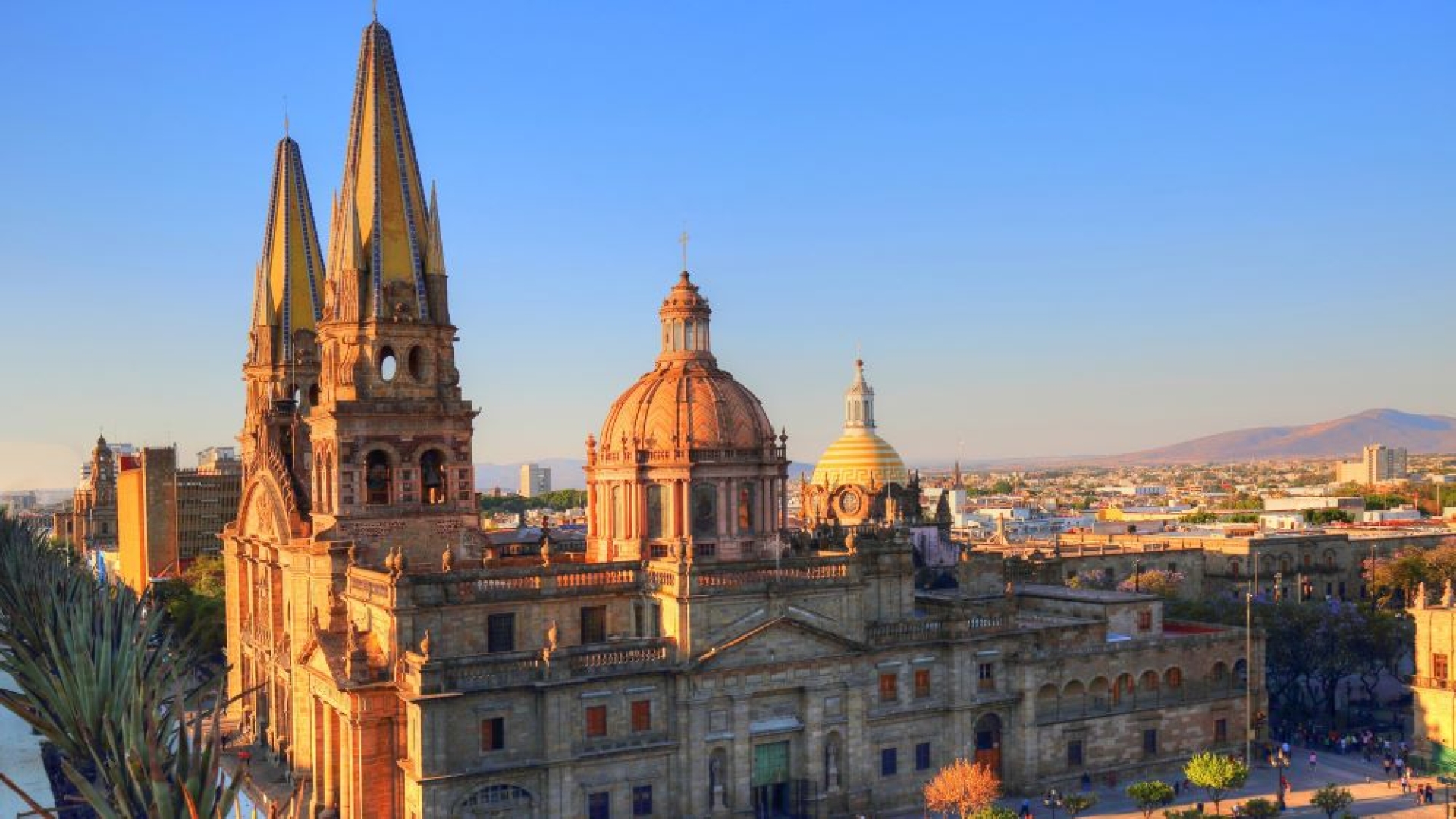
Cathedral of Guadalajara
A “transgender” man from the city of Guadalajara, Mexico, has received a new baptismal certificate affirming his female identity, with the approval of an official from the city's Catholic archdiocese.
The issuance of the baptismal certificate in early February was followed, a few weeks later, by two articles affirming “transgender” ideology in the archdiocesan newspaper, which headlined the stories on the front page and showed the face of a man wearing lipstick.
Faced with an outcry from priests and lay Catholics, archdiocesan authorities retracted the baptismal certificate and removed the items from circulation. But the incidents have caused great consternation among the faithful in Guadalajara about the direction of the archdiocese.
In recent years, in addition to its articles in favor of transsexuality, the archdiocesan newspaper Semanario has also published articles that seem to promote feminist ideology, artificial insemination, and even favorable treatment of abortion.
The Cardinal-Archbishop of Guadalajara, Francisco Robles Ortega, has publicly supported the legal recognition of same-sex unions in recent years, contradicting the 2003 decree of the Holy See on the subject, but in agreement with the thinking of the reigning Pope.
The controversy erupted against the backdrop of an increasingly powerful LGBT movement in Mexico, which won legislation allowing birth certificates to be changed to reflect a declared “gender identity.” Mexican pro-family leaders are being prosecuted for “political violence” for referring to transgender “women” based on their actual biological sex.
The transgender baptism certificate, posted on the beneficiary's Facebook page, contains his new legal name, and describes him as the “legitimate daughter” of his parents. He claims to have followed a nine-month procedure with the archdiocese before obtaining authorization to modify his baptismal certificate, which invalidates the alleged ignorance of members of the archdiocese.
Several weeks later and after numerous protests from priests, the chancellor of the archdiocese distanced himself from the document and claimed that he does not have the “backing” of the chancery. He attributed the decision to issue the document to the Vicar General. The Chancellor explained that he was opposed to its issuance, and that the Archbishop did not give his approval.
However, only documents signed by the Chancellor are binding, he continued. He laid the blame on the vicar general. However, photographic evidence shows that the permission was given on stationery marked “Chancery.”
The episcopal vicar admitted that he had made the decision to register a new name, but he claimed that the authorization to issue a new certificate was only a “clerical error” and that the archbishop was not aware of it. He did not explain how this could have happened after a nine-month procedure. He added that the baptismal certificate had been cancelled.
Before making the change in the baptism register, the priest said he called the offices of the archdiocese for confirmation. The official who had signed the text gave him direct testimony that the order was valid.
One of the auxiliary bishops clarified that the archbishop wanted to wait for the Mexican episcopal conference to make a decision on the matter before issuing other such baptismal certificates, admitting that he was aware of it.
The healthy reaction of priests and faithful of the diocese has made it possible to put things back in place: it contrasts sharply with the situation in Germany where several dioceses have already taken the same decision, without this seeming to pose any real problems for anyone.
Related links
(Sources : CWR/InfoCatolica – FSSPX.Actualités)
Illustration : Photo 117180667 © Elovkoff | Dreamstime.com
